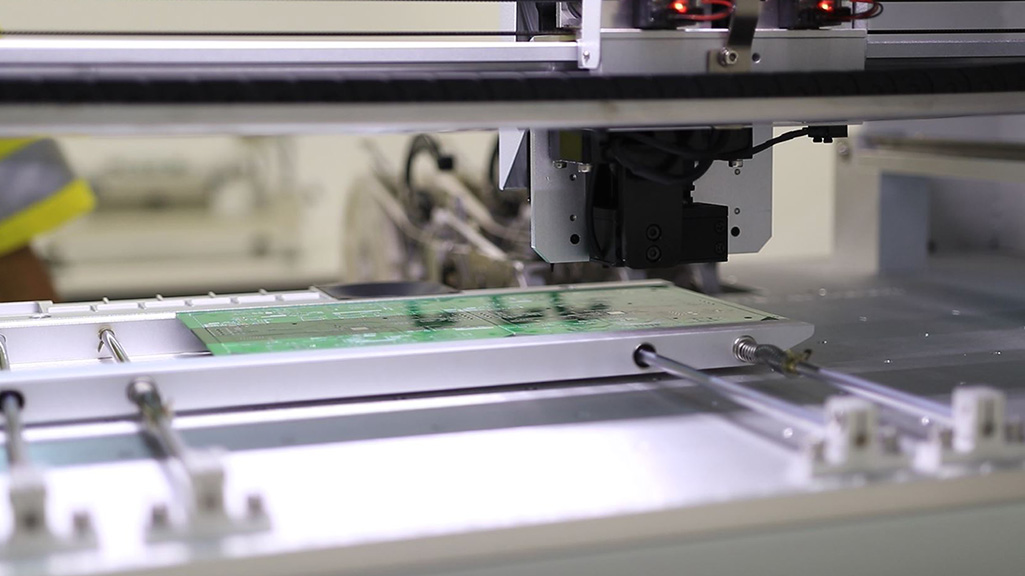Operating underground poses many unique demands which can be challenging to manage from the surface. Adverse geological conditions are frequently encountered during underground construction and mining activities, which can trigger potentially hazardous events — the surrounding nature of working underground results in limited visibility and communication networks.
Will advances in technology to improve safety underground reduce these limitations?
Three key areas which are utilising technology to improve safety underground include:
- Enhanced Communications
- Data Monitoring and Assessment
- Efficient Emergency Response Procedures
Digital transformation is a highly discussed topic in the resource and underground construction industries. When technology is appropriately incorporated into an overall plan, it can improve operations and productivity, reduce cost and enhance safety.
How Communication Technology Will Improve Safety
Communications allow for the efficient transfer of information between parties. This information can extend to the location of personnel, conditions of an area, instructions and status updates.
It is essential for people working above and below ground to be able to contact each other easily. For example, in the case of an incident, personnel above ground should know where underground workers are and distribute warnings and instructions. Similarly, underground personnel need to be able to receive updates and relay information accurately.
Current communication systems between personnel and the control rooms include underground radio, mobiles, fixed phones, Wi-Fi and LTE networks. Non-audible alert systems such as stench gas are also standard. Within a refuge chamber, VoIP (Voice over Internet Protocol) phones provide face to face communication with the surface.
Advances in technology see the development of additional communication systems, including smartwatch alerts, integrated smart headwear, and tracking. These progressions will improve the effectiveness and clarity of underground communications, fostering better action in an emergency.
Data Monitoring and Assessment
Greater technology means better documentation. Advancements will allow the recording and analysis of data from multiple assets with most systems transferring information in real-time.
In terms of safety, personnel management, coupled with improved data monitoring and assessment, will positively impact risk. Data allows for the identification and evaluation of hazards, which enables the ability to control and mitigate associated risk; facilitating continual improvement. For technology to improve safety underground, it needs to address the following:
- Automation: Often, menial and time-consuming tasks are mechanised to streamline processes and create a competitive advantage. Collating data from many sources over time offers a unique insight into geographical movements, equipment life cycles and liabilities.
- Integration: Plug-and-play systems, such as MineARC’s GuardIAN Remote Operating and Diagnostics System, can integrate into various operating software, across multiple industries.
- Behaviour: Technology also has the ability to curb the behaviour, lessening human error through improved operations, advancement in occupational health and safety as well as identifying training opportunities.
Efficient Emergency Response Procedures
Effective communications and data are vital to emergency management. In addition, rapid advances in technology allow Emergency Response Teams (ERT) and personnel underground to be better equipped to handle a hazardous event’s immediate and ongoing challenges.
The flow and dissemination of data provide the foundation for more targeted response efforts. Using a network of integrated devices including drones to access hard to reach areas, tracking to locate personnel and advanced underground mapping, response personnel can identifying areas of damage and injuries without compromising the safety of the rescue team.
In a situation where every minute counts, instantaneous communications are vital. Real-time communication through digital devices provides response personnel with information to help teams prioritise rescue efforts and execute an effective emergency response plan.
Underground environments are themselves risk-averse and pose added obstacles that can hinder operations. Adopting progressive technology systems underground provides companies with the ability to be better prepared. The long-term impact of investing in technology to improve safety is beneficial to understanding the environment, behaviours and processes—the result: more lives saved.







